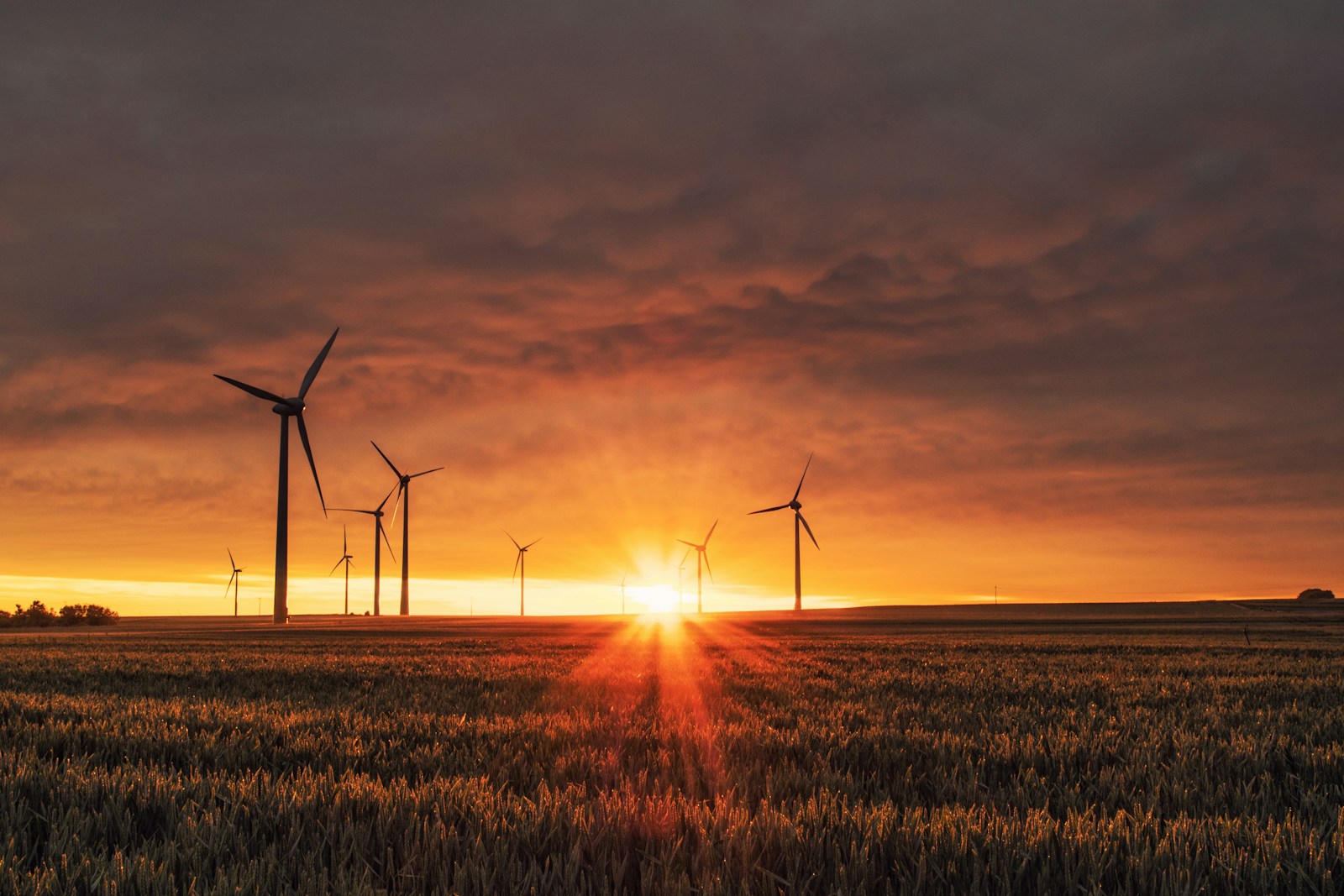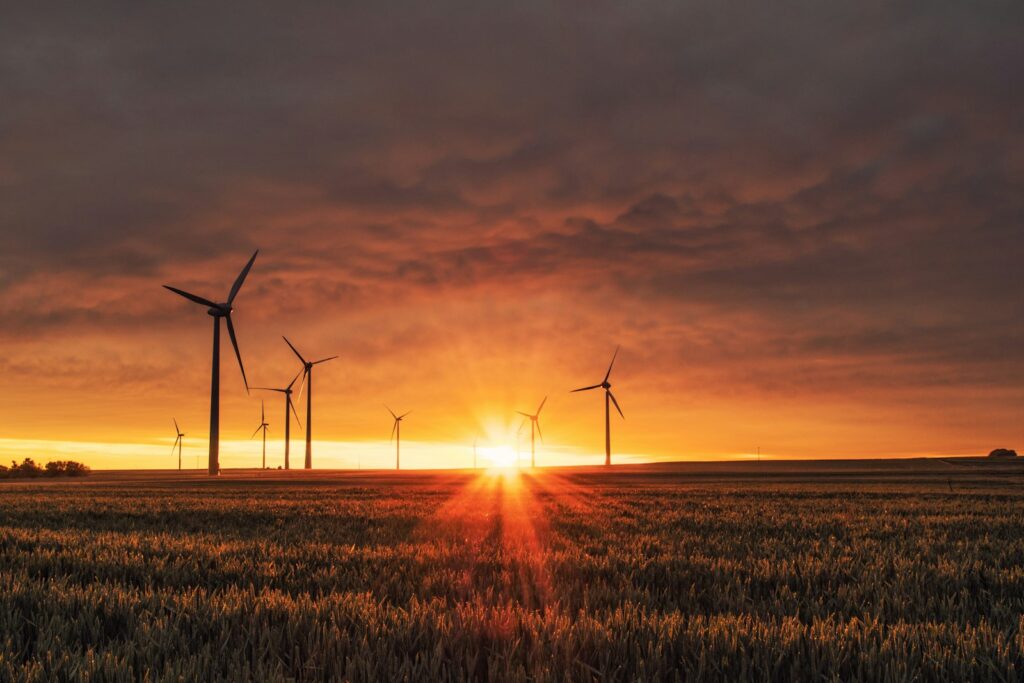
1920’s Regulation and the National Interest
By
Branko Terzic
The licensing travails of the Grain Belt Express electric transmission line are a case study in why 1920’s utility regulation laws are out of date. The industry structure was different in the 1920’s than it is in the 2020‘s in much of the US.
1920-1990s
The Federal Power Act of 1920 gave the Federal Power Commission (predecessor to the Federal Energy Regulatory Commission “FERC”) authority over wholesale electric power contracts. This meant the sale of electricity from one electric utility to another, and the rates changed for transmission of electricity between these entities. The sale of electricity at retail (to consumers) by investor-owned utilities (IOU) in the 1920’s was subject to regulation by state public utility commissions (also called public service commissions). These were established in most states between 1907 and the 1920s.
At that time the predominant electric industry model, in all but one state, was that each IOU owned all the generation, transmission and distribution assets needed to provide power to their customers. Thus, the regulators set rates based on the “cost of service”. That cost of service” included operations and maintenance, depreciation, taxes and a return on the approved investments (rate base) from the IOU owned generation, transmission and distribution assets. The generation was located, usually, within the state as were the customers, and the transmission lines connected the in-state power plants to the in-state customers. The PSC authority included approvals for investment in new generation, transmission and distribution assets.
As state regulated utilities the IOU’s had been granted the use of eminent domain to site electric assets including transmission lines. Some transmission was also built to connect IOUs to electric utilities in neighboring states for backup power when the IOUs power plants were down for annual maintenance or for cost sharing when a lower cost power plants was idle in one state and the two utilities could split the savings. Those contracts were under federal regulation by the FPC/FERC. At my first job in the industry at the Wisconsin Electric Power Company part of my responsibility was preparing the annual PSC and FPC statistical reports and as I remember something like 5% of total annual revenue was under federal regulation. At the time state regulation of transmission made sense as the facilities were in-state for in-state customers.
1990s - Today
In the 1990’s sixteen states restructured their electric industry. The “restructuring” required the IOUs to sell their power plants to companies which did not own transmission and distribution in the states. When sold the power plants were no longer under state PSC regulation. This was incorrectly called “deregulation” when it was really a shift in regulation from the state PSCs to the FERC. The power plants could now sell electricity at wholesale to utilities or to marketers who would sell to retail customers. In parts of the US the FERC approved the organization of six independent system operators (ISOs) (also called regional transmission organizations RTOs). Under FERC authority these entities would supervise both the sale of electricity wholesale and access rules for the transmission systems connecting the power plants to their markets. In most cases the transmission assets remained with the incumbent electric utility but in a few cases, transmission was sold and became an independent business enterprise.
In the restructured system power plants would be built in one state to meet the needs of wholesale markets which included customers in multiple states. However, electric transmission line approvals were still subject to state-by-state regulatory approval. That’s the problem today.
Greenbelt Express Transmission
The Greenbelt Express transmission line is a $11 billion 804-mile electric line located in four states Kansas, Missouri, Illinois and Indiana. The new line would bring renewable energy to these states. Regulators in all four states have approved the line after extensive investigation, public notice and hearings. In each state Green Belt Express had to demonstrate a need for the line, that it was economic and that approval would be in the “public interest” in that state. This regulatory process has taken over a decade.
The most recent news is that the Attorney General of Missouri has appealed the Missouri PSC construction authorization order. Among those opposing the line, according to the July 10, 2025, New York Times “804-Mile Line for Clean Power Meets an Obstacle in Missouri” is Garrett Hawkins president of the Missouri Farm Bureau.
“Landowners across the state are alarmed by the notion that we have a private for-profit entity that has been enabled to use the power of eminent domain ultimately for their own private gain.”
That statement shows a lack of understanding of public utility regulation in Missouri, and elsewhere, which has always regulated IOUs (“private for-profit entities”) with granting of eminent domain necessary to provide a “public service” i.e. electricity service. The name of the Missouri Public Service Commission (MPSC) comes from the fact that it regulates companies which provide a “public service.” The transmission of electricity in Missouri must be a “public service” or it would not be regulated by the MPSC.
Under the current 1920’s regulatory scheme any one of the four state regulators could have rejected the line no matter the regional or national “public interest”.
Observation
If Greenbelt had been a proposal to build an 804-mile natural gas pipeline across four states only one application would have needed to be filed and that would be at the FERC. That process at the FERC might take 2-3 years.
The Honorable Branko Terzic is a former Commissioner on the U.S. Federal Energy Regulatory Commission and State of Wisconsin Public Service Commission, in addition to energy industry experience was a US Army Reserve Foreign Area Officer ( FAO) for Eastern Europe (1979-1990). He hold a BS Engineering and honorary Doctor of Sciences in Engineering (h.c.) both from the University of Wisconsin- Milwaukee.
#BrankoTerzic #energy #regulations #experience #research #future #opportunity #strategy #management #people #electricity #power #utilities #renewables #RenewableEnergy #energysector #oilandgas #powergeneration #energyindustry #oilandgasindustry #sustainability #legislation
#solarpanel #solarenergy #solar #solarpower #solarpanels #solarsystem #greenenergy #gogreen #cleanenergy #gosolar #solarpowered #energy #solarpv #solarinstallation #sustainability #solarcell #renewables #panelsurya #renewable #environment #sustainableenergy #energiasolar #offgrid #sunpower

